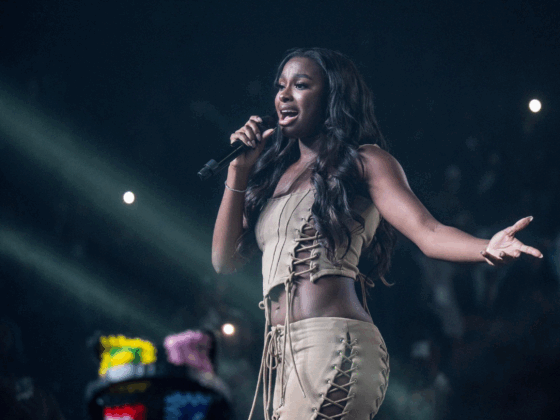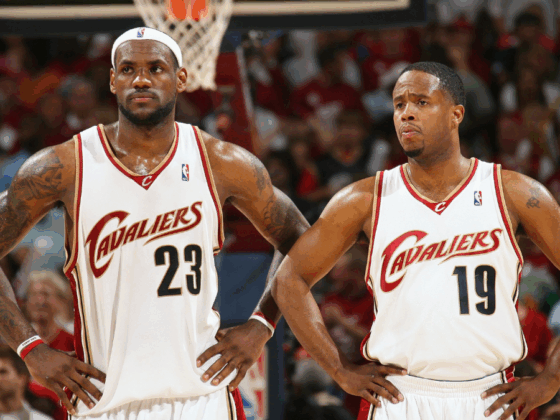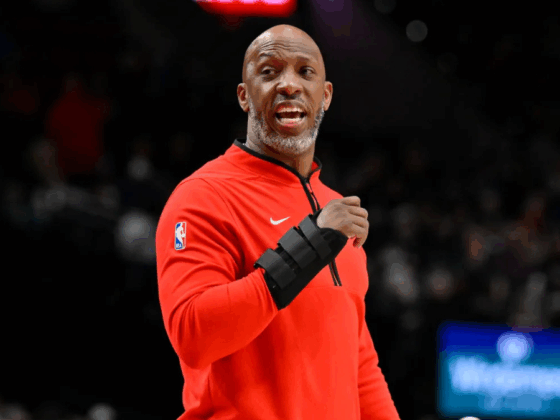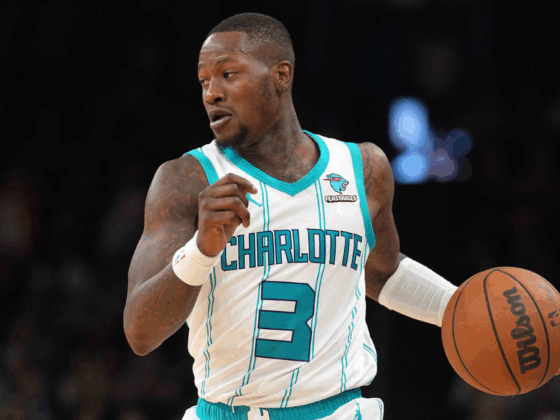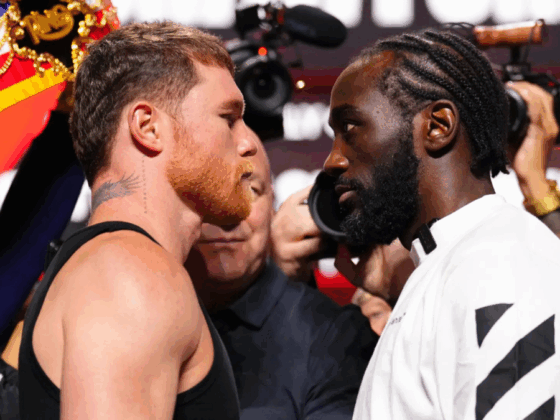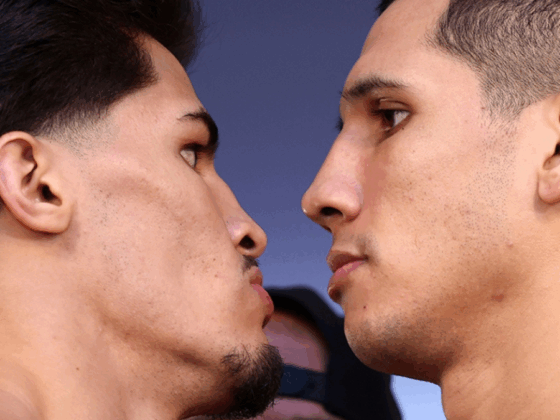
Usually, you can take a nap during any Eastern Conference 4-5 matchup. There is a good reason why it’s often referred to as the NBA TV series. Over the past eight seasons, finishing as a 4 or 5 seed in the East earned you the right to become second-round fodder for whatever team LeBron James was on. But this year is entirely different. Not long after James defected to the Western Conference, the top-rated contenders in the East began to load up on star talent. Toronto, Philadelphia, and Milwaukee rebuilt with the intention of laying all their chips on the table now.
Championship or bust.
As soon as the free agent moratorium ended last summer, the Boston Celtics were far and away the preseason favorite to represent the Eastern Conference in the 2019 NBA Finals. A team that lost their two best players — Kyrie Irving and Gordon Hayward — during the regular season, extended their postseason to game 7 of the 2018 Eastern Conference Finals. Hayward began the 2018-19 season slowly, as would be expected following a gruesome leg injury that required surgery and months of rehabilitation. Irving had a strong start to the season and was an early-season MVP candidate.
But by the end of November, it became apparent that the Celtics weren’t living up to expectations. And then, the unthinkable happened.
Rumors started circling about chemistry issues in the Boston locker room. The Celtics began to display their disgust with one another out on the court nightly, and a rift developed between the younger cohort and Irving. Kyrie incessantly took shots at his teammates, both publicly and privately, and the Celtics were never able to ascend higher than third in the conference standings. Some felt Boston’s season ended before it ever started.
The Pacers, on the other hand, were third in the conference standings through the February All-Star break; surprising the league with their unselfish and exuberant style of play. Then devastation struck in Indiana as well. Victor Oladipo ruptured a quad tendon in his right knee, and the Pacers’ feel good season came to an abrupt halt.
Shortly thereafter, the Philadelphia 76ers acquired Tobias Harris during the NBA’s annual trade deadline and locked up the third seed in the conference. Neither the Celtics or Pacers were able to recover during the final stretch of the regular season to challenge Philadelphia in the standings.
And now they will meet one another in the first round of the 2019 playoffs. A matchup of two of the NBA’s most juxtaposed teams; a fallen angel and a feel-good story.
A series with so many different angles may ultimately come down to three things: the stars, the rebounding battle, and an injury to the Celtics’ difference-maker.
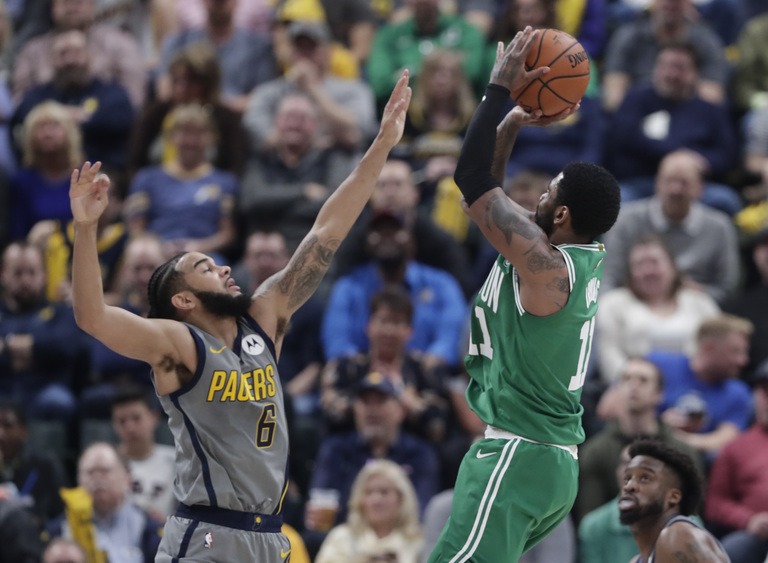
Star Power
In a closely-contested series, star power can be the deciding factor that determines who advances and who heads home.
The Celtics have a proven postseason star in Kyrie Irving, whose season has been underwhelming for many that prognosticated he would leave the Celtics to a number one overall seed in the conference. But Kyrie has already proven that he has the ability to make the biggest play on the biggest stage, as we saw in Game 7 of the 2016 NBA Finals.
Given that Victor Oladipo is out for the remainder of the season, the Pacers will be relying on secondary players like Bojan Bogdanovic and Myles Turner for offensive creation, a tall order for a two-dimensional player and a 23-year-old. Both Bogdanovic and Turner have had extremely underrated seasons, but neither is on the same spectrum as Irving when it comes to historical playoff performances.
If Irving is able to control the pace of the series and create against the Pacers’ lead defensive guards — mainly Darren Collison and Cory Joseph — then there will be less pressure on Boston’s young core of Jayson Tatum, Jaylen Brown, and Terry Rozier to perform in each given game.

Rebounding
When you control the glass you also control the pace of play and shot selection for both your team and the opponent. Giving up a higher percentage of offensive rebounds leads more second-chance opportunities, and often easier looks at the rim, that can spring momentum for a game or even the entire series.
Interestingly, this has not been true for the Indiana Pacers this season. The Pacers give up an opponent offensive rebound rate (OPP ORB%) of 28.7 when they win games, the second-worst mark in the entire league. But when the Pacers lose, their OPP ORB% is 26.5, the seventh best rate in the league, per NBA Stats.
These numbers reveal two things about the Pacers. First, that Indiana gives up a lot of offensive rebounds in general as a team — the median OPP ORB% this season is 27.2, per NBA Stats. And more importantly, rebounding has not been strongly correlated with the Pacers’ success so far in the regular season, meaning this trend may continue in the postseason as well.
Not surprisingly, rebounding has a stronger impact on the Celtics’ chances of winning — their opponents rebound at a rate of 25.8% and 29.5%, for wins and losses, respectively. This makes some sense given that Boston tends to play a little bit smaller positionally with Tatum or Marcus Morris at the four, whereas the Pacers will either have Thaddeus Young or Domantis Sabonis clogging the lane next to Myles Turner at center. If you give up rebounds and don’t also have strong rim protection, it can spell disaster for your defense. An interesting trend to watch this series: which team will control the glass each game and will it have an impact on the outcome of the series.

Marcus Smart
Earlier this week, it was revealed that Celtics guard Marcus Smart would likely miss the first two rounds of the playoffs with a torn oblique muscle. Marcus Smart isn’t the most well-known or flashy player on the Celtics roster, but he may be the most important for their playoff success.
Smart is consistently considered to be one the best perimeter defenders in the NBA, and his defense will certainly be missed against the Pacers. But Smart’s impact may, surprising as it may sound, be missed most on the offensive end of the floor.
So far this season, Marcus Smart has shot a career-high 36% from three-point range and 42% from the field overall, on four three-point field-goal attempts per game. While 36% isn’t much higher than the league average, it is a dramatic improvement from where Smart was even a year ago, when he shot 30% on 4.6 three-point field-goal attempts per game. Smart’s outside efficiency would have been vital for Boston in this series, particularly because every other Celtic from last year’s playoff team is shooting far worse from long-range during the regular season.
Jaylen Brown has dropped from 40% to 34%, on almost four three-point field-goal attempts per game. Jayson Tatum is shooting 37%, compared to the elite mark of 43% he reached during his rookie season. And Terry Rozier, who filled Irving’s shoes during last year’s postseason run as the starting point guard, is shooting just 35% on four attempts per game, down from 38% last season.
The Celtics will need efficient outside scoring to handle the Pacers in this series, and they may have just lost their most consistent outside threat aside from Irving in Smart. Boston certainly has ample offensive depth in their roster to account for this loss — Tatum and Horford have shot above-average this season from everywhere on the floor, including from distance — but the Celtics need consistent offensive production from all of their core rotation if they want to escape a first-round embarrassment.
Prediction: Indiana stretches the series but Boston’ depth is too much for the wounded Pacers. Celtics in 6 games.
2019 NBA Playoffs series schedule
GAME DATE TIME HOME AWAY NETWORK
1 . April 14th 1pm EST Boston Indiana TNT
2. April 17th 7pm EST Boston Indiana TNT
3. April 19th 8:30pm EST Indiana Boston ABC
4. April 21st 1pm EST Indiana Boston ABC
5. April 24th TBD Boston Indiana TBD
6. April 26th TBD Indiana Boston TBD
7. April 28th TBD Boston Indiana TBD
